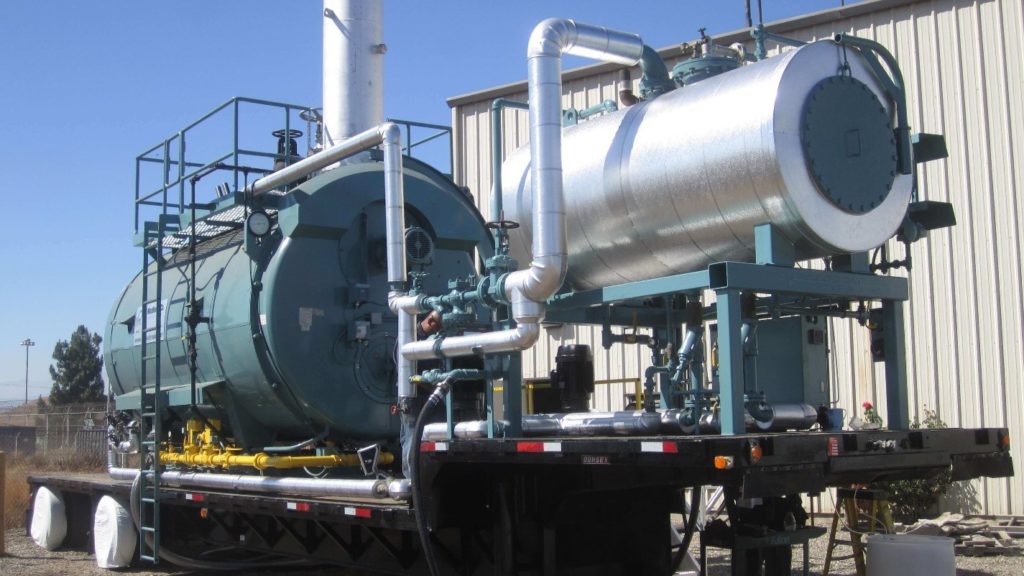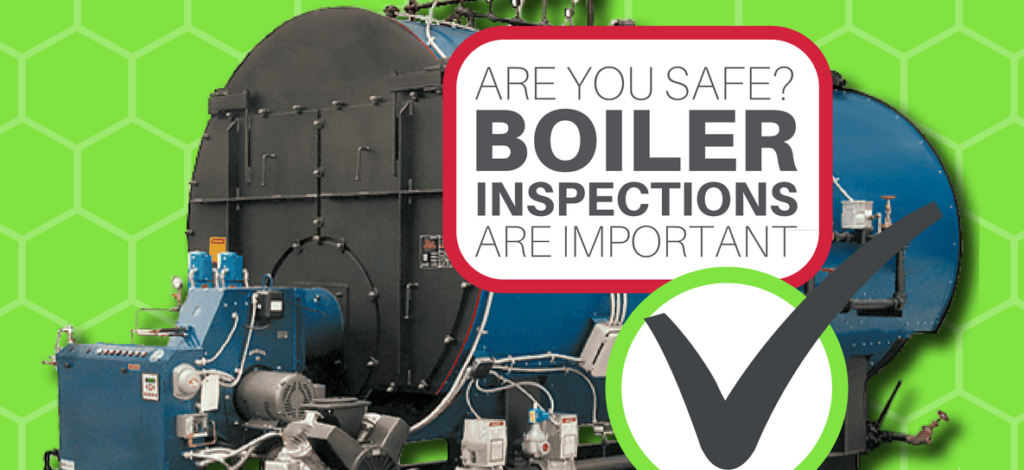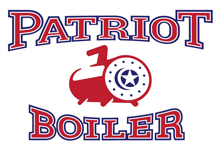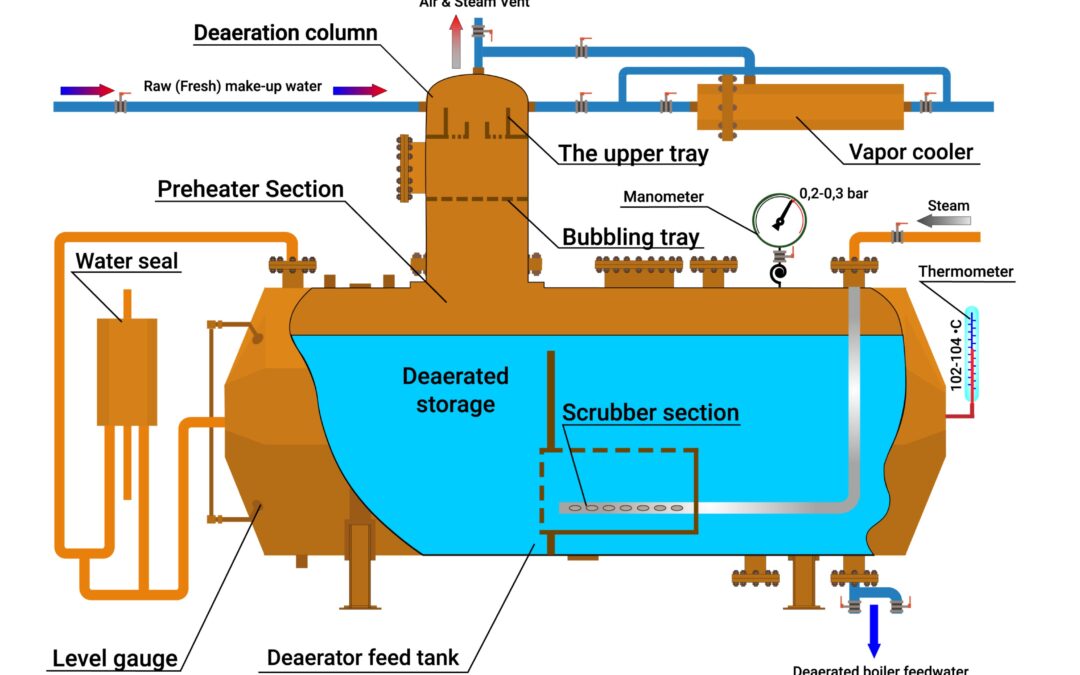Boilers are the workhorses of many industrial and commercial operations, providing essential steam for processes ranging from power generation to manufacturing. Consequently, maintaining water quality within the boiler is imperative to ensure these critical systems’ longevity and efficiency. It is where boiler deaerators come into play. In this article, we explore the significance of boiler deaerators, their operation, and the manifold benefits they offer.
Understanding the Importance of Water Quality
Water quality is paramount in steam boiler systems. Poor water quality can lead to corrosion, scale formation, and reduced heat transfer efficiency, ultimately resulting in costly maintenance and downtime. Oxygen and carbon dioxide are two primary culprits that can wreak havoc in boiler systems. They dissolve in water and can lead to various problems:
- Oxygen: Oxygen can cause corrosion of boiler components and piping. It reacts with iron and steel to form rust, weakening the structure and potentially leading to leaks and failures.
- Carbon Dioxide: Carbon dioxide can contribute to the formation of acidic conditions within the boiler, accelerating corrosion and further exacerbating maintenance issues.
Boiler Deaerator: A Solution to Water Quality Woes
Boiler deaerators are purpose-built systems designed to eliminate dissolved gases from the feedwater before they enter the boiler. These systems are essential for ensuring the reliability, efficiency, and safety of boiler operations. Here’s how they work:
- Preheating: The feedwater is preheated to reduce the solubility of gases. Preheating is often accomplished by using steam, which is readily available in many boiler systems.
- Deaeration Tower: The preheated water is introduced into a deaeration tower. As it flows downward, steam or inert gas is introduced from the bottom, creating a counterflow effect. This steam or gas acts as a stripping agent, driving the dissolved gases out of the water.
- Venting: The gases, primarily oxygen and carbon dioxide, are vented from the top of the tower, effectively removing them from the water.
- Deaerated Water Outlet: The deaerated water, now essentially free from dissolved gases, is collected at the bottom of the tower and sent to the boiler for steam generation.
Boiler deaerators are indispensable components in steam boiler systems, safeguarding against corrosion, improving efficiency, and minimizing maintenance headaches. Additionally, investing in a quality deaerator system pays dividends in terms of prolonged equipment life, energy savings, and operational reliability. For industries relying on steam boilers, these systems are not just beneficial – they are a cornerstone of efficient and sustainable operations.
Here’s how a boiler deaerator works:
1. Feedwater Inlet:
The untreated feedwater, which typically comes from an external source like a water supply or a condensate return system, enters the deaerator.
2. Preheating:
The feedwater is preheated in the deaerator by using steam. This preheating helps reduce the solubility of gases in the water, making it easier to remove them.
3. Spraying and Scrubbing:
The preheated water is sprayed into a large chamber or tower. As the water cascades downward, it encounters a stream of steam or other inert gas, typically injected from the bottom of the tower. This steam or gas acts as a stripping agent, forcing the dissolved gases to come out of the solution and rise to the top of the tower.
4. Venting:
At the top of the deaerator tower, a vent system allows the released gases, primarily oxygen and carbon dioxide, to escape into the atmosphere. Removing these gases helps prevent corrosion within the boiler and associated piping.
5. Deaerated Water Outlet:
After the gases are removed, the deaerated water is collected at the bottom of the tower. Now essentially free of dissolved gases, this water is then sent to the boiler for steam generation.
Types of Deaerators
Boiler deaerators come in several types, each designed to address specific needs and requirements in various industrial and commercial settings. Here are the most common types of boiler deaerators:
-
Tray-Type Deaerator
Tray-type deaerators are one of the most common types. They consist of a vertical column filled with trays or packing material, which the feedwater cascades through. Steam is introduced at the bottom, creating a counterflow with the water, which helps remove dissolved gases. Tray-type deaerators are efficient and widely used in many applications.
-
Spray-Type Deaerator
Spray-type deaerators use a high-pressure spray nozzle to disperse the incoming feedwater into small droplets, increasing the surface area exposed to steam. This enhances the deaeration process by promoting rapid gas removal. Spray-type deaerators are often used when feedwater contains a high level of dissolved gases or impurities.
-
Vacuum Deaerator
Vacuum deaerators operate under reduced pressure, which lowers the boiling point of water. Steam is introduced into a sealed chamber, and the feedwater is heated and deaerated as it evaporates at a lower temperature due to the reduced pressure. Vacuum deaerators are suitable for systems that require very low oxygen levels in the feedwater.
-
Mechanical Deaerator
Mechanical deaerators use rotating mechanical components, such as spray heads, trays, or rotating discs, to enhance the deaeration process. They are designed to increase the contact between steam and water, facilitating the removal of dissolved gases. Mechanical deaerators are used in applications where high deaeration efficiency is required.
-
Spray Tray Deaerator
A spray tray deaerator combines features of both the tray-type and spray-type deaerators. It employs trays to distribute water evenly and uses spray nozzles to introduce steam for efficient gas removal. This type of deaerator is versatile and effective in various settings.
-
Packed Column Deaerator
Packed column deaerators use packing material (similar to a packed distillation column) to provide a large surface area for efficient deaeration. Steam is introduced at the bottom, and the feedwater flows upward through the packing material, allowing for effective gas removal.
-
Pressurized Deaerator
Pressurized deaerators operate at higher pressures, which can help maintain water in its liquid state. This type of deaerator is often used when the feedwater temperature needs to be higher for specific applications or when it’s important to avoid flashing (sudden vaporization) of water.
-
Spray Scrubber Deaerator
Spray scrubber deaerators combine the deaeration process with a scrubbing action. They use water sprays to scrub the feedwater, effectively removing dissolved gases and impurities while maintaining water purity.

Benefits of Boiler Deaerators
Boiler deaerators offer several advantages in steam boiler systems, making them a valuable component for industrial and commercial applications. Some of the crucial benefits of using a boiler deaerator include:
-
Corrosion Prevention:
Deaerators remove oxygen and other corrosive gases from the feedwater. Oxygen is a significant contributor to corrosion in boiler systems. By eliminating it, deaerators help extend the life of boiler components, piping, and steam distribution systems.
-
Improved Efficiency:
Oxygen and other dissolved gases in feedwater can reduce boiler efficiency by creating scale and sludge deposits. Deaerated water helps maintain the heat transfer efficiency of the boiler, generating lower fuel consumption and reduced energy costs.
-
Reduced Maintenance:
With fewer corrosion issues and scale buildup, boiler systems require less maintenance and downtime, saving both time and money. Reduced maintenance also contributes to increased system reliability.
-
Steam Quality:
Deaerated water results in higher steam quality. High-quality steam is critical for industrial processes that depend on precise temperature and pressure control, ensuring consistent and reliable results.
-
Faster Startup:
Deaerators help boiler systems reach operating conditions more quickly by providing preheated and deaerated feedwater. It can reduce startup times and improve operational efficiency.
-
Environmental Benefits:
Deaerators contribute to environmental sustainability by reducing the need for chemical additives, such as oxygen scavengers and scale inhibitors, which can have environmental impacts and require disposal.
-
Cost Savings:
While the initial investment in a deaerator system may be significant, the long-term cost savings in terms of reduced maintenance, improved energy efficiency, and extended equipment life often justify the expense.
-
Improved Steam Purity:
Deaerated water helps maintain higher steam purity by minimizing the introduction of impurities that can lead to water carryover and contamination of downstream equipment and processes.
-
Compliance with Regulations:
In many industries, strict regulations govern water quality in steam systems. A deaerator can help ensure compliance with these regulations by maintaining the required water quality standards.
-
Safety:
Deaerators contribute to overall safety in industrial settings where boiler systems are used by reducing the potential for corrosion-related failures and improving system reliability.
What to Consider in Choosing a Boiler Deaerator
While boiler deaerators offer various advantages, there are also some potential considerations to keep in mind when using them:
1. Initial Cost
One of the primary disadvantages is the upfront cost of purchasing and installing a boiler deaerator system. These systems can be relatively expensive, especially for smaller boiler applications. However, the long-term benefits often justify the investment.
2. Complexity
Deaerator systems can be complex, with multiple components, including pumps, vents, trays, and controls. Proper installation, operation, and maintenance require technical expertise. Moreover, inexperienced operators may struggle to maintain the system effectively.
3. Maintenance Requirements
Deaerator systems require regular maintenance to ensure their continued efficiency and effectiveness. It includes monitoring and cleaning of trays, vents, and other components, as well as checking for leaks and corrosion. Neglecting maintenance may lead to reduced performance and potential issues.
4. Space Requirements
Deaerator systems can take up valuable space within a facility. Finding a suitable location for a deaerator can be challenging for smaller facilities or those with limited available space.
5. Energy Consumption
Deaerator systems typically require steam or another heat source for the deaeration process. It means that they consume energy, which may offset some of the energy efficiency gains achieved by removing dissolved gases from the feedwater. However, the overall energy savings from improved boiler efficiency often outweigh the energy consumption of the deaerator.
6. Over-Deaeration
In some cases, if a deaerator is not properly controlled, it can potentially over-deaerate the water, leading to reduced alkalinity and pH levels in the feedwater. It can then result in increased corrosion risk in certain types of boiler systems.
7. Compatibility
The choice of a deaerator system should be compatible with the specific boiler and steam system in use. Incompatibilities can then lead to operational issues or reduced performance.
8. Regulatory Compliance
While deaerator systems generally benefit water quality and corrosion control, they may require compliance with specific regulations and codes, which can add complexity to the installation and maintenance process.
9. Space for Expansion
If a facility’s boiler system needs to be expanded in the future, additional deaerator capacity may be required to handle the increased feedwater flow. Planning for this expansion can be challenging, especially if space is limited.

Key Maintenance Process
Maintaining a boiler deaerator is essential to ensure its proper functioning and to reap the benefits it offers in terms of improving boiler system efficiency and preventing corrosion. Here are key maintenance steps to consider:
-
Regular Inspection
Conduct routine visual inspections of the deaerator and its components. Furthermore, look for signs of corrosion, leaks, and any physical damage.
-
Water Quality Testing
Monitor the quality of the feedwater to ensure it meets the desired specifications. This includes checking for the levels of dissolved oxygen and carbon dioxide, as well as other impurities.
-
Vent Inspection
Inspect the venting system to ensure it is functioning correctly and that gases are being efficiently vented from the deaerator tower.
-
Pressure and Temperature Monitoring
Continuously monitor and record the pressure and temperature inside the deaerator to ensure they remain within the specified operating range.
-
Valve and Pump Maintenance
Check and lubricate valves and pumps regularly. Also, make sure they open and close smoothly and without any leaks.
-
Tray and Packing Inspection
Inspect the trays and packing inside the deaerator tower for damage or fouling. Then, clean or replace them as needed to maintain their efficiency.
-
Control System Checks
Verify that the control system for the deaerator is functioning correctly. Ensure that it maintains the desired water level, pressure, and temperature in the tower.
-
Cleaning and Scaling Prevention
Regularly clean the deaerator internals to remove any buildup of scale, rust, or other deposits. Scale formation can also reduce the efficiency of the deaerator.
-
Safety Measures
Ensure that safety features, such as pressure relief valves and alarms, are in good working order. Test these safety devices periodically.
-
Training and Personnel
Train personnel responsible for operating and maintaining the deaerator system. They should be aware of proper procedures and safety protocols.
-
Corrosion Control
Implement corrosion control measures as needed, such as adding chemical inhibitors to the feedwater, especially if your system is prone to certain types of corrosion.
-
Documentation
Maintain detailed records of maintenance activities, inspections, and any issues that arise. This documentation can be valuable for troubleshooting and compliance with regulatory requirements.
-
Scheduled Preventive Maintenance
Develop a preventive maintenance schedule that includes regular inspections, cleaning, and component replacements as recommended by the manufacturer. Then, stick to this schedule to avoid unexpected failures.
-
Consult Manufacturer’s Guidelines
Always refer to the manufacturer’s maintenance guidelines and recommendations specific to your deaerator system. After all, these guidelines will provide the most valuable information on maintenance intervals and procedures.
-
Professional Assistance
When in doubt or if any significant issues arise, consider involving a qualified technician or engineer with expertise in deaerator systems to assess and address the problem.
By following these maintenance steps and staying proactive in monitoring and caring for your boiler deaerator, you can ensure its continued efficient operation, extend its lifespan, and reduce the chance of unexpected downtime or damage to your boiler system.
The choice of a specific type of boiler deaerator depends on factors such as the required deaeration efficiency, the quality of the feedwater, system pressure, and the application’s specific needs. Furthermore, consulting with a qualified engineer or specialist can help determine the most suitable type of deaerator for a particular boiler system. Contact Patriot Boiler to ensure that all your boiler needs are met and your heating system remains functional for a long time.


Recent Comments